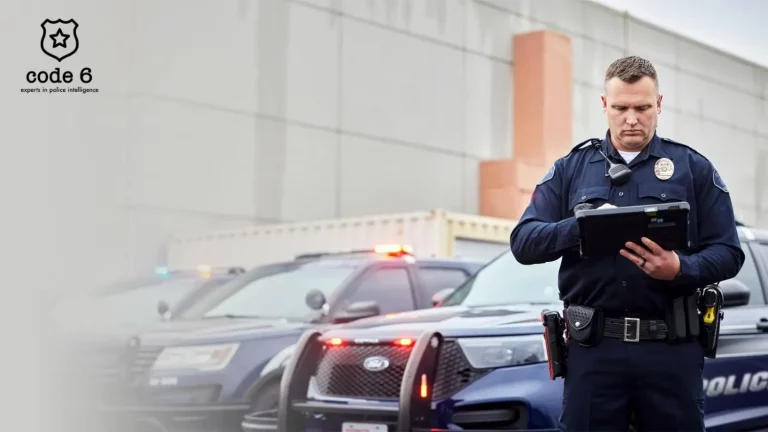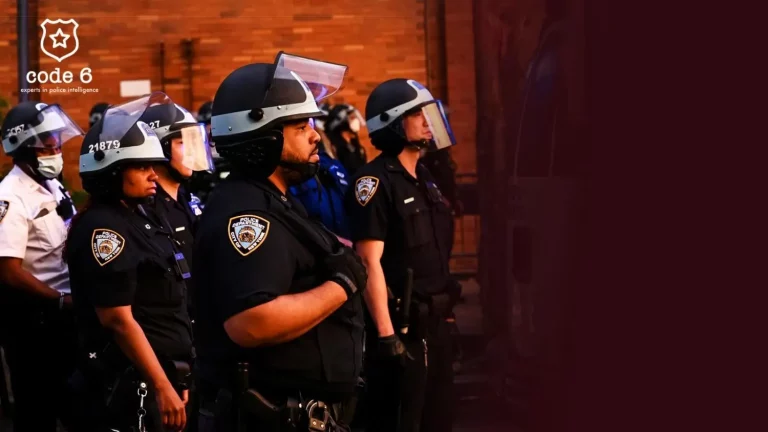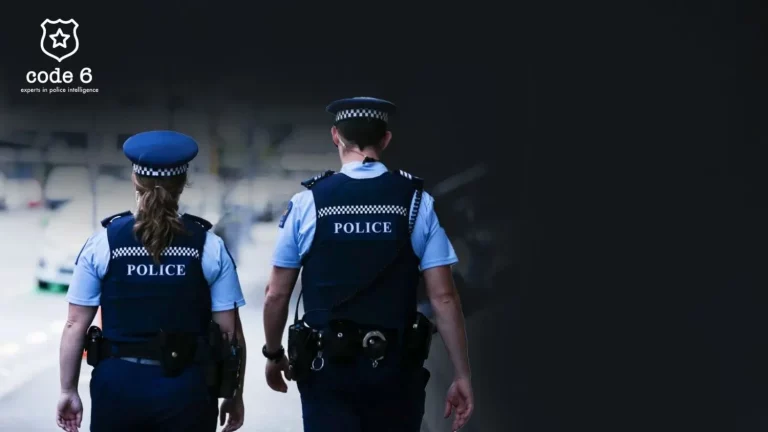Introduction
In an age when crime patterns, technology, and the public’s expectation are changing rapidly, with greater need for the police to be efficient, transparent, and accountable, conducting regular reviews of processes is one of the best mechanisms to achieve these goals. Law enforcement agencies will be able to evaluate their workflows, identify inefficiencies, and incorporate data-driven solutions to effectively enhance their operational performance.
What is Process Review in Policing?
Process review as it relates to a police agency is a systematic assessment of law enforcement procedures, practices, and workflows to see whether they achieve the objectives of efficiency and effectiveness and more importantly, best practices. This entails the examination of day-to-day operations, the identification of existing gaps in service delivery, and the incorporation of any relevant technological advancements that can lead to proper policing.
The Importance of Process Review in Modern Policing:
✔ Streamlining operational processes: With minimized duplication and significant time delays, all operational assessments with the associated financial outlays will serve to columnized keep activities within timelines.
✔ Enhancement of Public Trust and Accountability: High community partnership comes as a result of policing that is entirely transparent.
✔ Crime Prevention and Investigation Enhancement: Research through data from the software would shorten and make the response time of crimes more effective.
✔ Optimal Resource Allocation: Human resource and budget expenditure efficiency toward an effective operational optimization.
✔ Nurtures Innovation and Flexibility: Helps law enforcement agencies keeping pace with global advances.
Key Elements of an Effective Process Review
1. Identifying Gaps & Inefficiencies in Policing Workflows
Examining arrest and investigative processes bottlenecks for their mitigation.
✔ Elimination of problems created during case handling, reporting, and evidence management.
✔ Evaluation of officer deployment strategies with a view to enhanced crime prevention.
2. Leveraging Data & Analytics to Drive Improvements:
Using predictive policing models to anticipate crime hotspots.
✔ Analyzing arrest and conviction rates to improve judicial processes.
✔ Utilizing AI and big data to streamline case investigations.
3. Adopting Global Best Practices in Law Enforcement Strategies:
Learning from international policing models to boost efficiency.
Community police methods are applied for effective public engagement.
Human rights and ethics should be localized into the policing practices.
4. Implementing Technological Upgrades to Optimize Performance:
Implementing body-worn cameras improves accountability.
– Use of crime mapping tools to help improve the response time.
– The use of AI-controlled facial recognition for criminal identification.
5. Continuous Monitoring & Evaluation for Sustained Improvements:
Periodic evaluation of police performance should be charged with the establishment of policies and procedures.
✔ Officers and the community should both be encouraged to provide feedback.
✔ Setting indicators for key performance indicators to measure improvement…
Conclusion: The Future of Process Review in Policing:
Unfortunately, that has further fomented the approach of fostering adaptive and innovative policing that proceeds with time. The review process ensures that law enforcement agencies work to their maximum efficiency, fostering a safer community away from suspicion. In well-defined processes, crime resolution would become faster, resource management more streamlined, and decisions more driven by data, all of which are paramount for future-oriented policing.
FAQs
1. What is the primary goal of a policing process review?
The primary purpose is the identification of inefficiencies, to serve the law enforcement procedures that would enhance overall operational effectiveness.
2. How often should law enforcement agencies conduct a process review?
Agencies carry out process reviews either once a year or twice a year in most ideal settings, where they evaluate and monitor performance continuously.
3. How does process review impact crime investigation efficiency?
It is the application of data analytics, technology, and streamlining processes to reduce the time spent on investigations, enhance accuracy in processes, and increase the case resolution rate.
Final Thought: A new age of policing should be at the forefront of prevention and technology, together with process orientation. Constant process reviews will further ensure that law enforcement agencies operate effectively, with transparency and responsiveness toward changing challenges.




